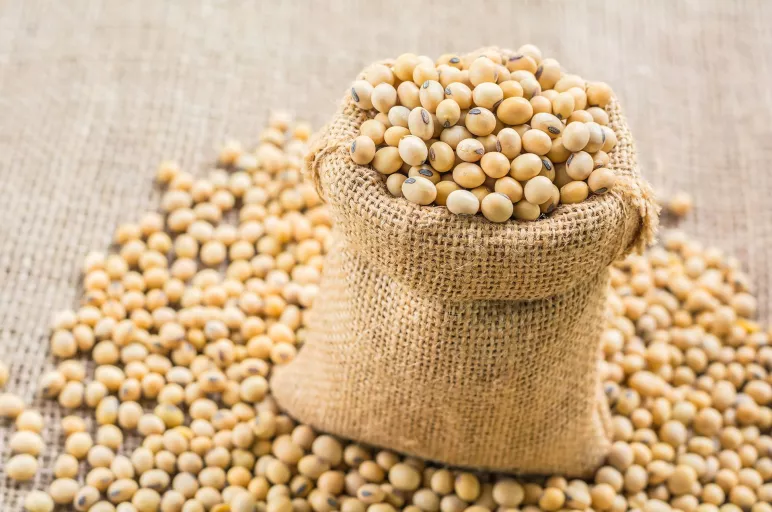
Will India Emerge as a Viable Soybean Exporter to China Amid the US-China Trade War?
January 21, 2019 | Agro
China has a large appetite for soybean owing to the fast-growing poultry industry coupled with an increasing demand for pig feed. The global soybean demand is dominated by China, which accounts for about 65 percent of the global soybean imports. The growth in soybean demand increased the dependency of the country on imports from many soybean-surplus countries. The U.S. is one of the major exporters to China (60 percent of the U.S. soybean exports go to China) apart from other countries such as Brazil, Argentina and Canada. Over the recent years, Brazil has emerged as the largest exporter of soybean to China. The share of soybean imports (by volume) to China from different countries as of 2017 was — Brazil (about 54 percent), the U.S. (35 percent), Argentina (about 7 percent) and others (5.4 percent).
Soybean Demand-Supply Gap
The imposition of tariffs on the U.S. imports by China (25 percent) has impacted both countries. Farmers in the U.S. are facing a decline in prices, while China is facing an issue of unfulfilled demand even after increasing imports from other countries. China imported 97 million tonnes of soybean, which is approximately 30 percent of the total soybean production in rest of the world in 2017–2018. With the ongoing trade issue, China would be forced to look at other sourcing regions to cater to its domestic demand. The gap can be catered to some extent from Brazil and Argentina, and both the countries have increased their soybean plantations since the announcement of the tariff. Brazil has reported having planted about 15-20 percent more soybean last year than the previous five-year average, as China is forecast to import about 98 MMT of soybean in 2019–2020. While Brazil and Argentina together are projected to have an export capacity of about 92 MMT, a marginal shortage will still continue. Although China resumed sourcing soybean from the U.S. on the back of the ongoing 90-day truce period, the long-term solution looks dicey. The ongoing trade scenario indicates that China will look beyond the U.S. in the long term to bridge the gap.
India — A Viable Trade Option
With the increase in acreage and satisfactory rainfall expectation in major soybean producing areas, India is anticipated to witness a 20 percent increase in output. The export of soybean meal has also improved to 1.89 MMT in 2017–2018 compared to 0.41 MMT in 2015–2016. Although the appreciation of INR has declined the export estimates for 2018-2019, the near-term scenario looks positive. The Government of India is taking initiatives to increase exports in order to support the farmers and improve market sentiments for soybean. Thus, China can look at India as an option to cater to a part of the gap in soybean supply in the near term. China used to import less than 0.2 MMT of soybean meal from India before the imposition of the ban in 2012. The ban was due to issues of malachite green, a dye used in India for marking jute bags/sacks. However, with the improvement in infrastructure, coupled with the logistical advantage owing to geographic proximity, import of soybean is definitely on the cards. Discussions have already started in the fifth India-China Strategic Economic Dialogue (SED) for the export of soybean and sugar to China. Moreover, China has reduced the tariff rate on soybean from India from 3 percent to 0 percent. China-India trade relations can fulfill the soybean supply gap in China by about 2 percent and slowly improve on this in the subsequent years. These factors, coupled with the fact that soybean from India can reach China in a week’s time, will act as an advantage for Chinese buyers. With further price negotiations and the formation of trade relations, buyers in China can look forward to India for soybean procurement in the future.



